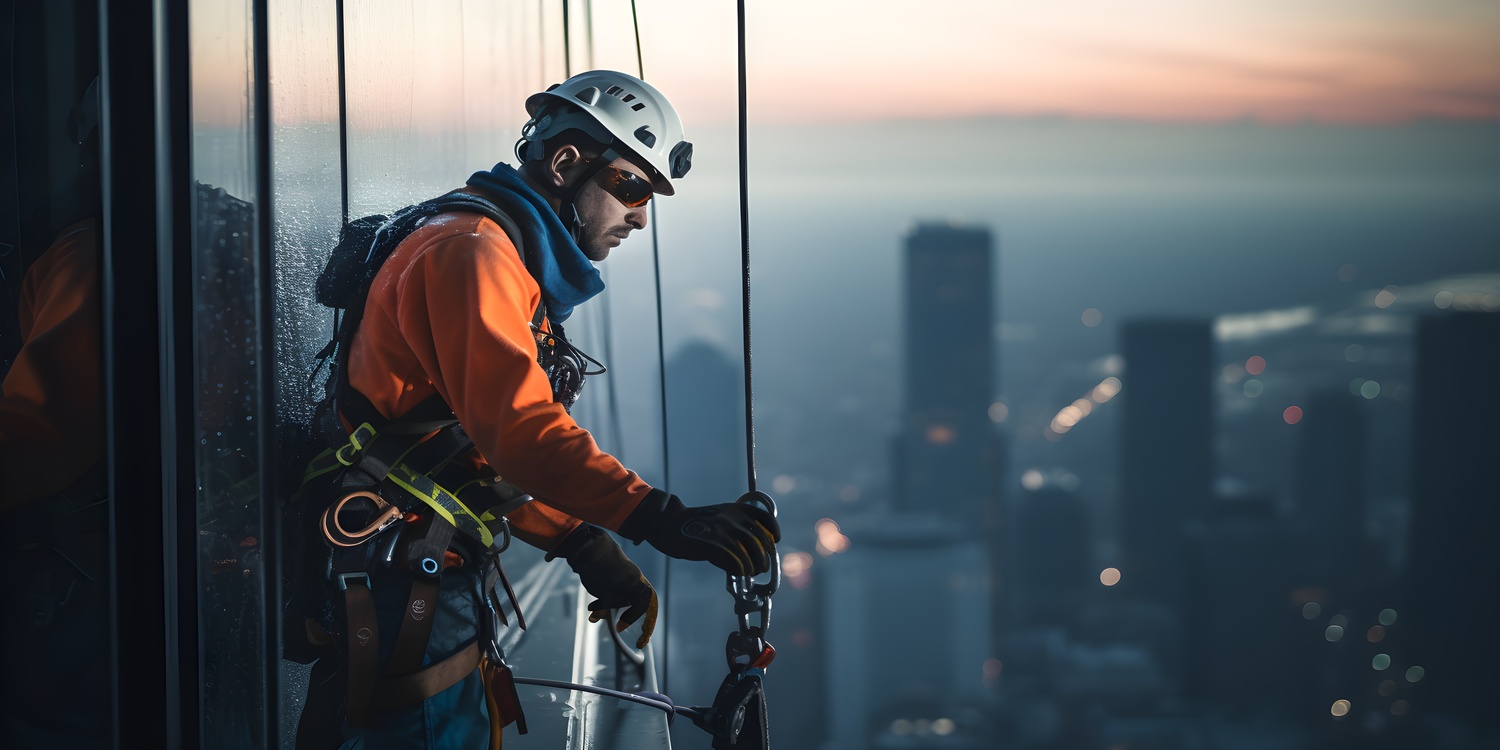Do you know that approximately 32% of occupational accidents in India’s construction sector are due to falls from height? (Source: International Journal of Advanced Scientific Research and Management, IJASRM)
This alarming data shows the dangerous effects caused when safety measures are ignored while working at heights. A loose seat belt buckle or missing handrail can turn a routine task into a life-changing event. For businesses across a range of industries – from construction and infrastructure to oil and gas and maintenance – working at heights is one of the most important safety challenges.
The Real Costs of Unsafe Practices
The human costs of collapse are enormous, but the economic and operational consequences are equally severe. In addition to damages, such incidents lead to lost productivity, project delays, legal risk, and increased insurance costs. In most cases, these accidents are caused by inadequate training, lack of supervision, or poor planning – all preventable factors.
In a fast-growing economy like India, where construction and maintenance work are growing rapidly, ensuring height safety is no longer a tick box – it is a business imperative.
How Training Creates a Safer Workplace?
Comprehensive work at height training is the most effective way to reduce risk and protect workers. Training enables individuals to:
-
Identify potential hazards before starting work
-
Select and use appropriate personal protective equipment (PPE)
-
Inspect the equipment before use
-
Understand fall prevention systems and rescue procedures
Well-trained employees don’t just follow instructions – they think critically, make confident decisions, and set high standards for everyone on site.
9 Important Safety Tips for Working at Heights
Whether you’re working on scaffolding, roofs or elevated platforms, these nine safety tips can reduce your risks of accidents:
1.Plan before you climb
Any work related to height should start with proper planning. Carry out a risk assessment, check the weather, and define emergency procedures before starting work.
2.Prioritize collective safety
Install handrails, scaffolding, and barriers to reduce reliance on personal PPE. Collective security ensures security for everyone on site.
3.Choose the right PPE
Use equipment that is appropriate for the job – full body harnesses, helmets, and lanyards that meet recognized standards. Always ensure correct fit and compatibility.
4.Inspect the appliance before each use
Look for torn straps, corroded connectors, and other signs of wear. Replace damaged equipment immediately. Never take chances with compromised devices.
5.Know your drop clearance distance
Calculate the total distance required for fall arrest systems, including lanyard length, deceleration distance, and body velocity.
6.Use certified anchor points
Anchor points should be professionally tested and evaluated to hold the required load. Avoid floating or floating anchors.
7.Match fall protection with work
Each task requires different levels of security. Choose a system based on the task’s duration, risk level, and environment.
8.Have frequent training and guidance
Regular training and supervision keep the workers alert. Refresher courses ensure that no one is careless about safety.
9.Maintain good cleanliness
Keep all work areas clean and organized. Loose equipment, cables, or debris can easily cause slips and trips.
NIST Global’s Practical Approach to Work at Height Safety
At NIST Global, we believe that height safety training should be practical, engaging, and relevant to your industry. Our work at heights training program combines classroom learning with on-site simulation to help participants experience real-world conditions safely.
Our training is unique because it:
We don’t just train people – we also change the way organizations approach security.
Why do businesses across India trust NIST Global?
By investing in NIST’s training programs, you’re investing in your people—ensuring they get home safely after every shift.
Every safe day starts with the right knowledge and preparation.
Empower your team, strengthen compliance, and protect your brand reputation with NIST Global’s Work at Height training.

